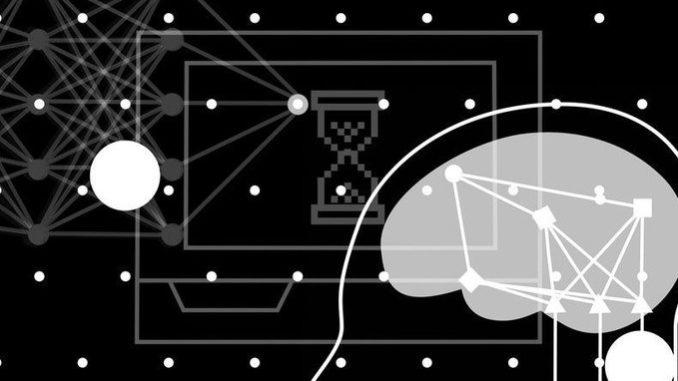
Deep learning, neural networks, imitation games—what does any of this have to do with teaching computers to “learn”?
Machine learning is the process by which computer programs grow from experience.
This isn’t science fiction, where robots advance until they take over the world.
When we talk about machine learning, we’re mostly referring to extremely clever algorithms.
In 1950, mathematician Alan Turing argued that it’s a waste of time to ask whether machines can think. Instead, he proposed a game: a player has two written conversations, one with another human and one with a machine. Based on the exchanges, the human has to decide which is which.
This “imitation game” would serve as a test for artificial intelligence. But how would we program machines to play it?
Turing suggested that we teach them, just like children. We could instruct them to follow a series of rules, while enabling them to make minor tweaks based on experience.
For computers, the learning process just looks a little different.
